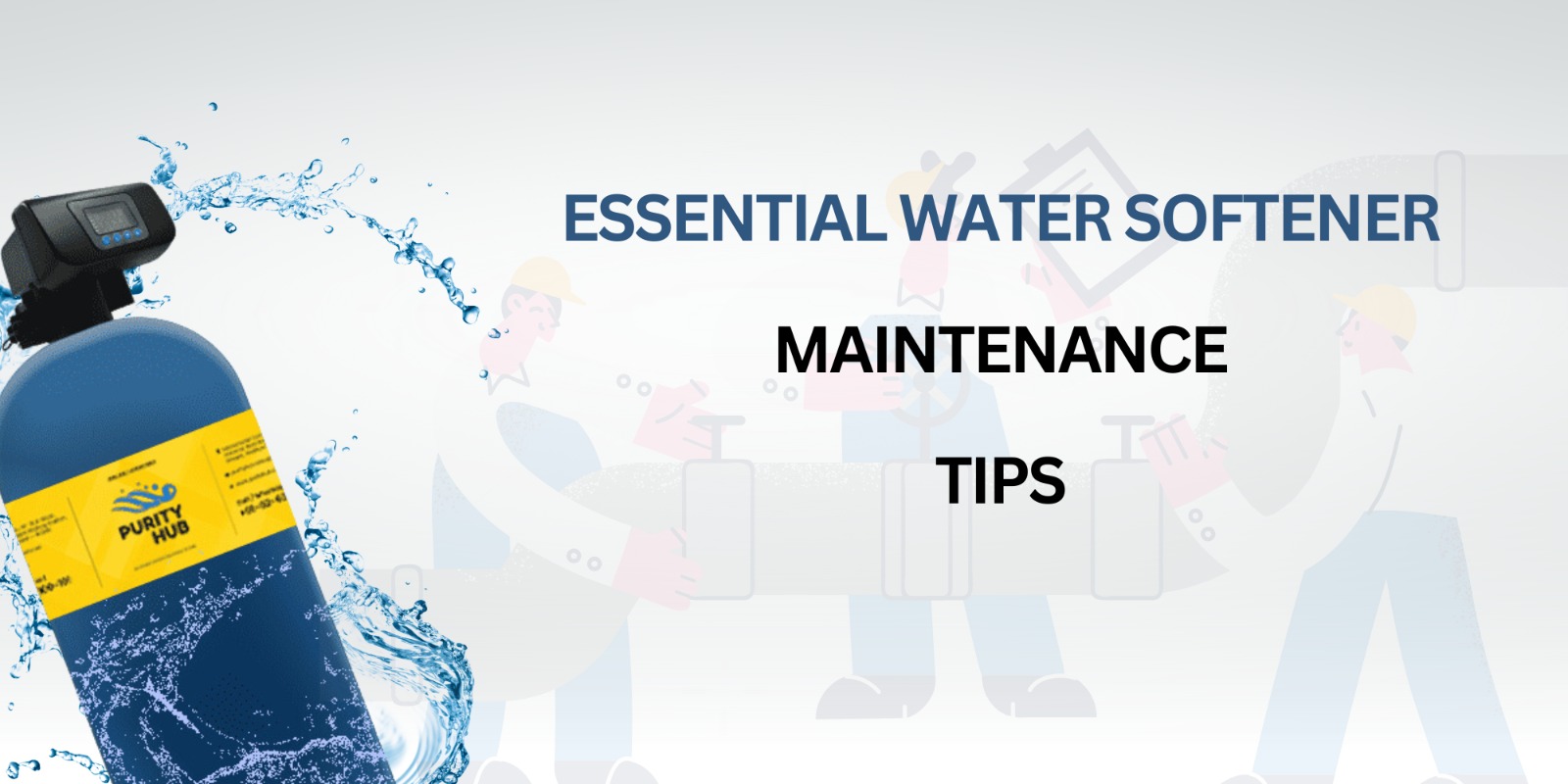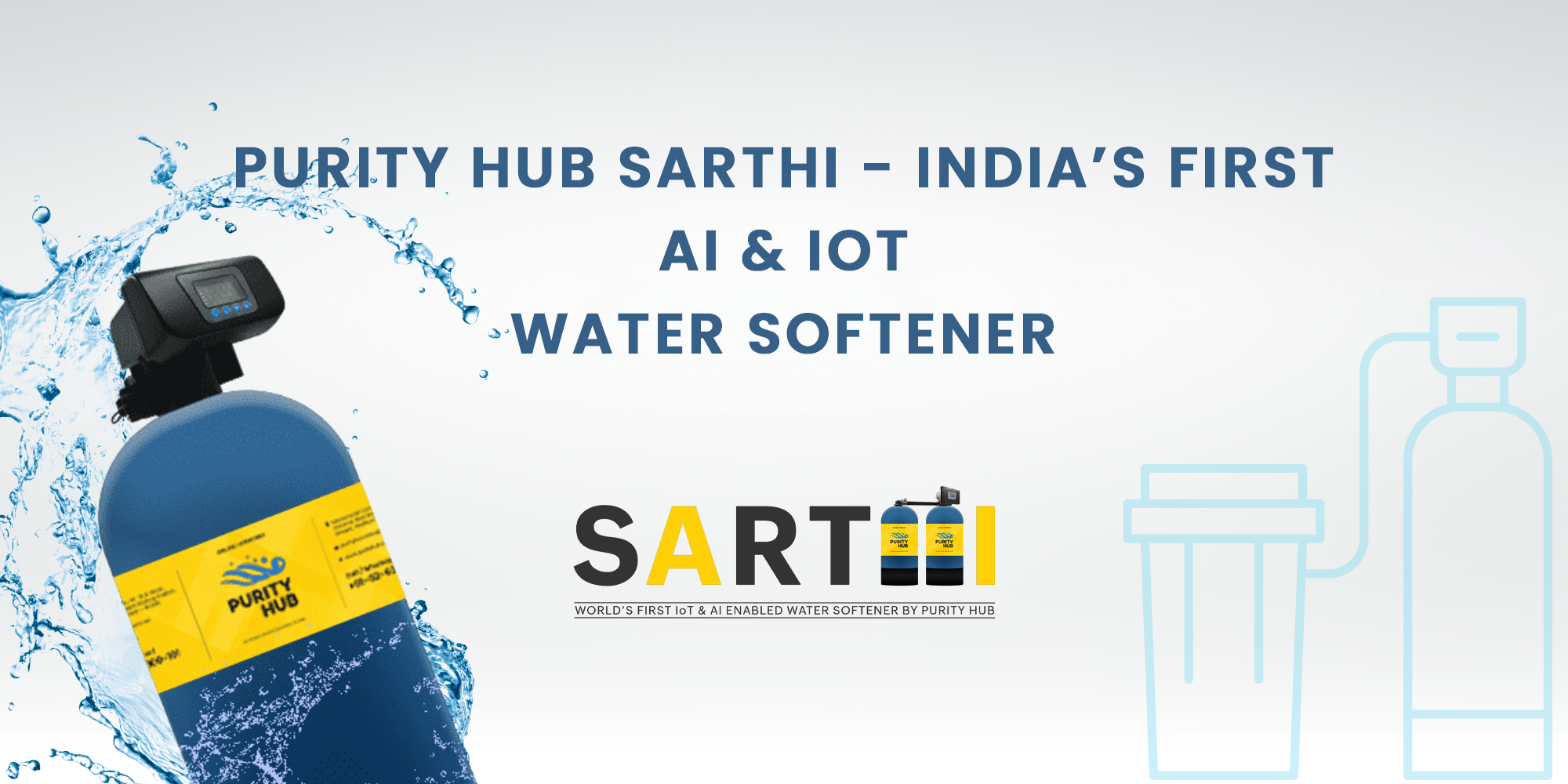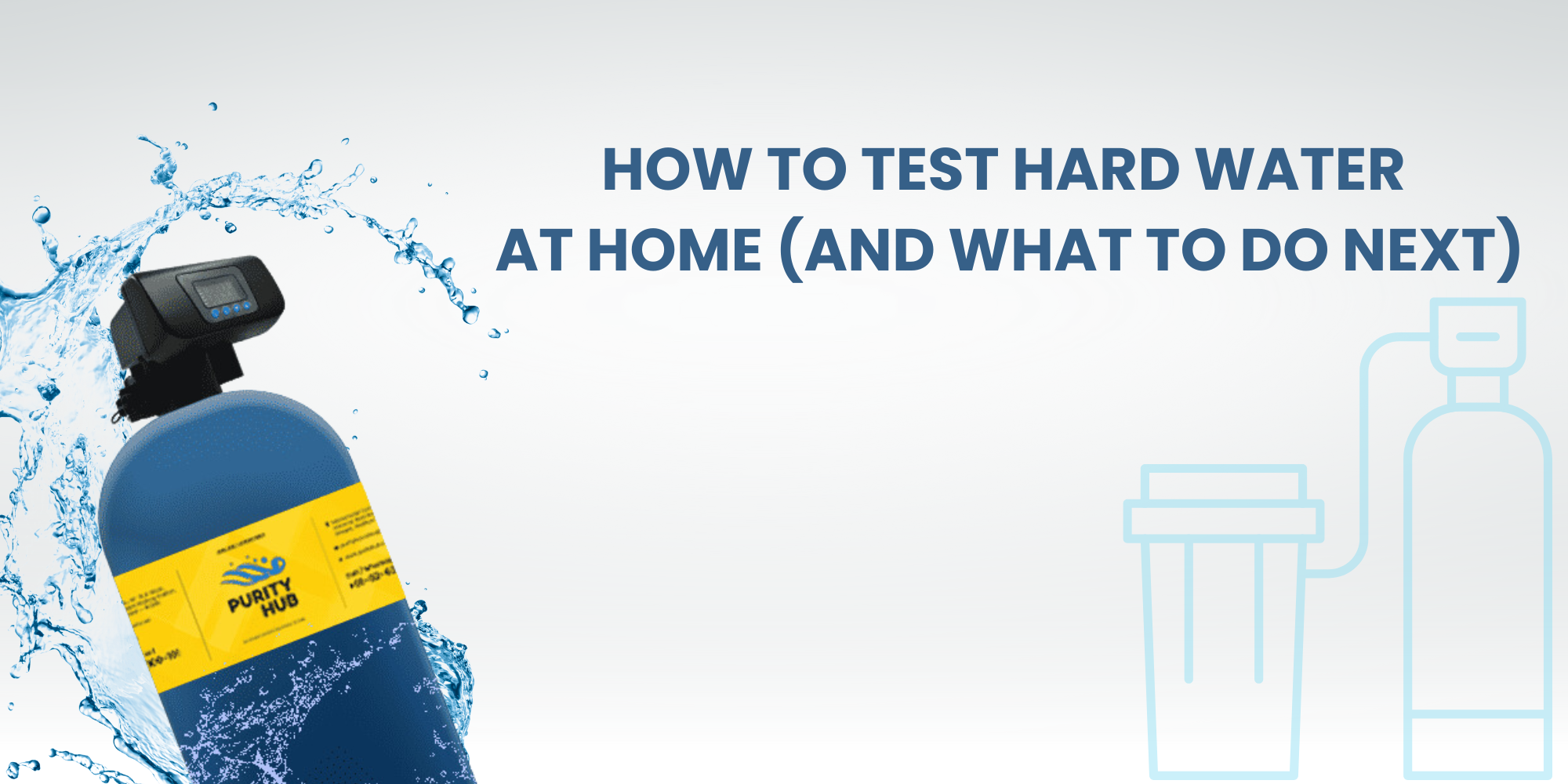
26 April, 2024
Essential Water Softener Maintenance Tips
Hard water can be a big pain in the ass, those pesky minerals that leave residue on dishes and make showering boring. But warriors against woes of the sea, fear not! A brave water softener defends you against hardness and gives you opulently soft, soap-rinsing delight.
But even the most valiant fighters require upkeep. Here are some crucial maintenance guidelines to guarantee a continuous supply of soft water and optimal performance from your water softener:
1. Be a Salt Savvy Hero: Level Up Your Salt Game
The vital component of your water softener is salt. It is utilized to regenerate the resin beads, which are the center of the softening process, in a brine solution. Here's how to protect your supply of salt:
Regularly Check Salt Levels: Take a monthly look inside your brine tank. Any visible water should be submerged under a layer of salt. Fill it up to roughly half of the tank's capacity if it's low, making sure it's at least three inches above the water line.
Accept the Correct Salt: Not every salt is made equally. Table salt and rock salt should not be used together as they may contain contaminants that harm the softener. Select premium water softening salt instead, such as solar salt or evaporated pellets.
Eliminate the Brine Brigade (Salt Bridges): In the brine tank, salt can aggregate and create bridges over time. Regeneration is hampered by these bridges because they keep the salt from dissolving correctly. Check for bridges frequently, and use a long stick to break them up. Certain softeners have characteristics that stop bridge formation.
2. Softness Comes First in Cleanliness: Sustain a Glistening Brine Tank
Your water softener needs a clean brine tank in order to operate at its best, much like any warrior needs to clean their armor. This is how you will fight:
Cleaning the brine tank every six to twelve months is important. See your user manual for details on recommended practices.
Safety first: Put on safety goggles and gloves, and turn off the softener's water supply before entering.
Empty the water and salt solution from the tank before disassembling. For a deeper cleaning, you may need to remove the brine tank depending on your model.
Remove the Scum: Use a long-handled brush and a solution of warm water and dish soap to clean the interior of the tank. Keep an eye out for regions where salt builds up.
Rinse and repeat: To get rid of all soap residue, give the tank a thorough rinse with clean water. After reassembling the tank, add more water and salt to it.
3. Eliminate the Enemies: Maintain or Replace Your Pre-Filter
A pre-filter found in many water softeners collects debris and silt before it enters the resin bed. The lifespan of the resin may be shortened and efficiency decreased by a clogged filter. Keep your filter fighting fit by following these tips:
Consult Your handbook: To find out how often to clean or replace your pre-filter, consult your user handbook. While some filters can be cleaned, some must be changed.
The Cleaning Cavalry: If your pre-filter can be cleaned, do it in accordance with the frequency and cleaning technique recommended by the manufacturer. Rinsing the filter under running water is a common method for doing this.
It's Time for a Change: Replace your pre-filter, if it can be done so, according to the manufacturer's recommended timetable. Usually, this occurs every three to six months.
4. Pay Attention to Your Water Softener: Answer the Alarm
Error codes or indicator lights on your water softener may be used to signal possible issues. Keep an eye out for these signals and respond appropriately:
This is a gentle reminder to top off your salt tank due to low salt levels. Remember that too little salt can prevent softening. Don't overlook it.
Regeneration Issues: Refer to your handbook or give a service expert a call if the indicator light appears to be indicating issues with the regeneration cycle.
Unusual Water Use: An abrupt spike in water use may point to a leak or a bypass valve issue. Look into the cause of the excessive water use.
5. The Influence of Expert Assistance: Take Into Account Annual Exams
A yearly inspection by a certified water softener expert can spot possible problems before they become serious, much like a trip to the doctor. A specialist is able to:
Important Components: They will look for wear and tear on the control valve, resin bed, and brine tank.
Optimize Settings: They may make sure the softener is set up to effectively handle the hardness and volume of water used in your home.
Preventative Maintenance: They are capable of carrying out cleaning tasks that may be outside the purview of do-it-yourself projects.
Bonus Tip: Know Your Enemy – Understand Your Water Hardness Level
Understanding your water hardness level is crucial for optimal water softener performance. Here's how to gain intel on your water's hardness:
Test Kit: Get an internet or hardware store DIY water hardness test kit. These kits are simple to use and reasonably priced.
Municipal Report: Speak with your regional water board. Hardness levels are frequently included in the water quality reports that they offer.
Professional Water Softener: During a service call, a water softener specialist can determine the hardness of your water.
Knowing the hardness of your water enables you to:
Correctly Adjust Your Water Softener: The grain capacity setting on most softeners needs to be changed in accordance with the hardness of the water. Effective use of salt and water is ensured by a softener that is properly configured.
Track Performance: A change in your water hardness may be indicated if you observe a decline in the quality of your softened water. When you're sure, you can either retest or get in touch with your water authority.
Taking Care of Your Water Softener: A Pleasurable Task
You can guarantee a consistent supply of opulently soft water for your entire house by according to these important water softener maintenance guidelines. Recall that regular upkeep.
Saves Money: Proper salt usage and routine cleaning avert issues that could call for pricey repairs.
Increases Lifespan: A well-kept water softener will avoid the expense of an early replacement by lasting for many years.
Enhances Performance: Consistently soft water is produced with reduced salt and water use when your softener is maintained on a regular basis.
Maintaining a well-oiled water softener can help you overcome hard water and enjoy wonderful showers, spotless dishes, and a cozier house. It only takes a little work. So, get your cleaning materials and figurative wrench and set out on your search for water softener repair!



